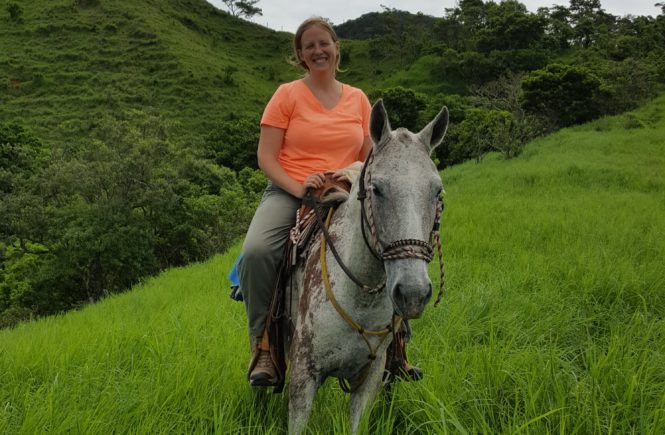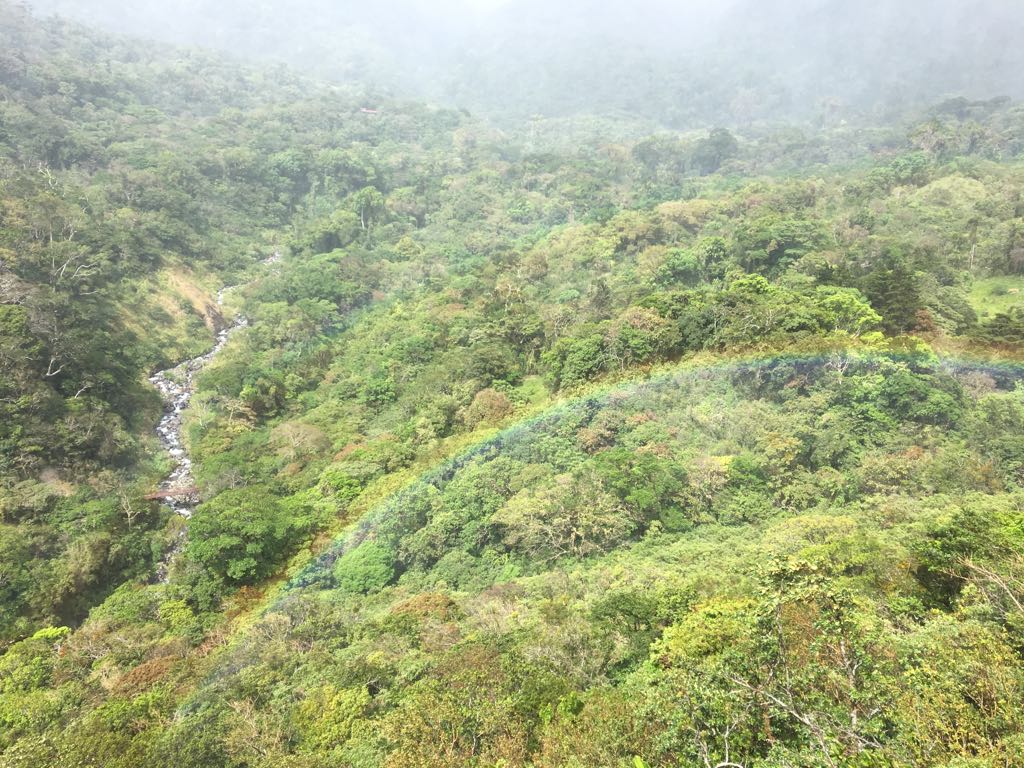It’s been awhile since I posted, but I have been in the thick of conducting my interviews and site surveys. I just finished this past week, having conducted 70 interviews and 46 site visits since mid-April! It’s been a whirlwind of long days journeying all over the countryside by car, foot and horseback and sharing cafes and agua dulces (a traditional warm sugar tea, for lack of a better description) with some extremely generous campesinos.
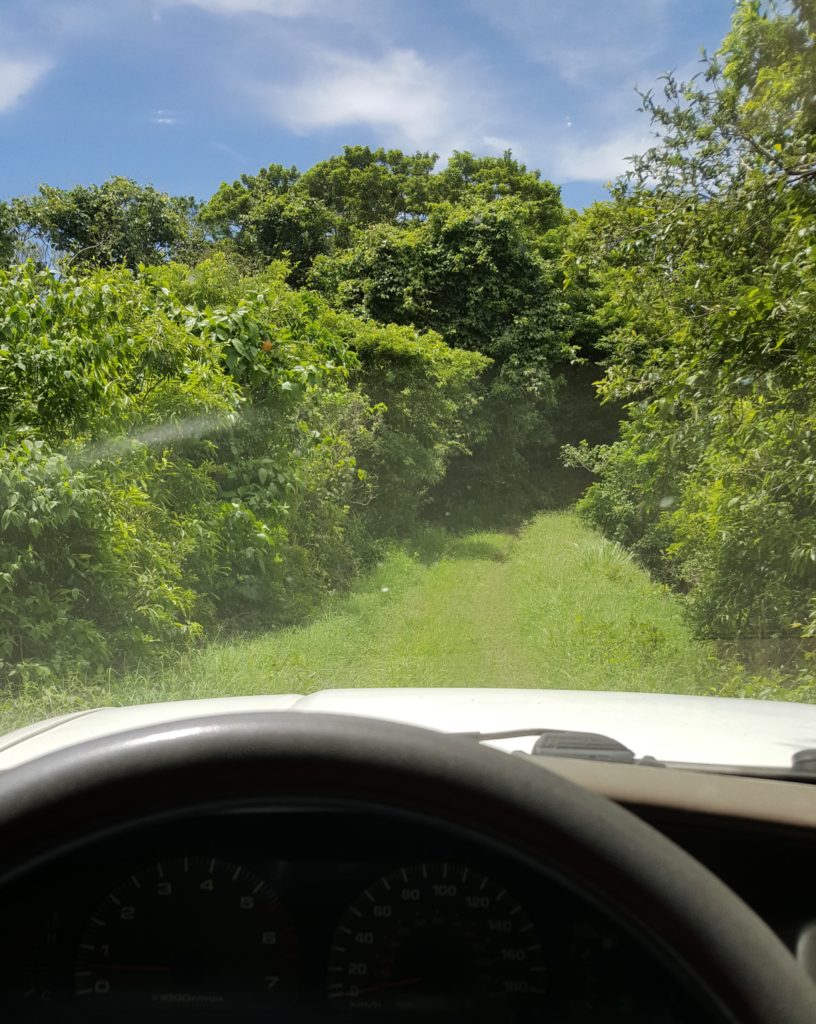
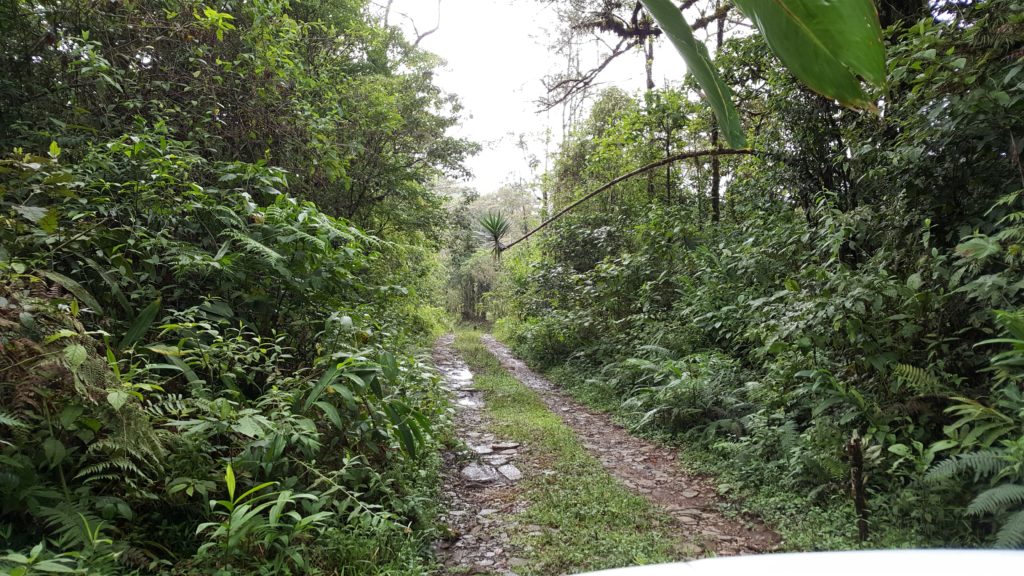
It’s been both challenging and extremely rewarding to have moved beyond hypothetical discussions about how one should conduct integrative research and the potential benefits of working across disciplines, to actually putting these ideas into action. My fieldwork has primarily consisted of interviewing farmers and managers of ecological reserves as well as conducting site surveys of vegetation, soils, and water bodies using a new ecosystem services modeling tool (the Ecosystem Services Identification and Inventory tool, or ESII tool). At first it was really challenging to move back and forth between wearing my social science and biophysical science hats, so to speak. Even when I was just going to conduct an interview, I always had to be ready to also do a site survey, in case I was offered a tour of the farm. I really came to appreciate the agility required to conduct integrative research and became even more thankful for the opportunity to participate in a PhD program that recognizes the value of developing these skills.
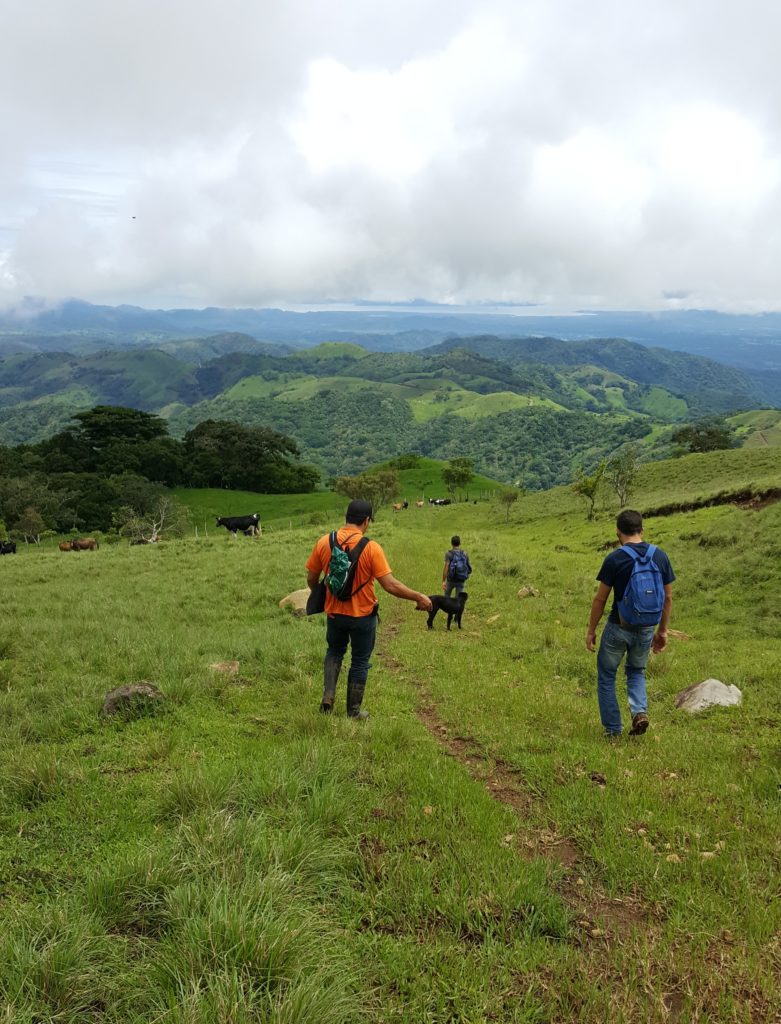
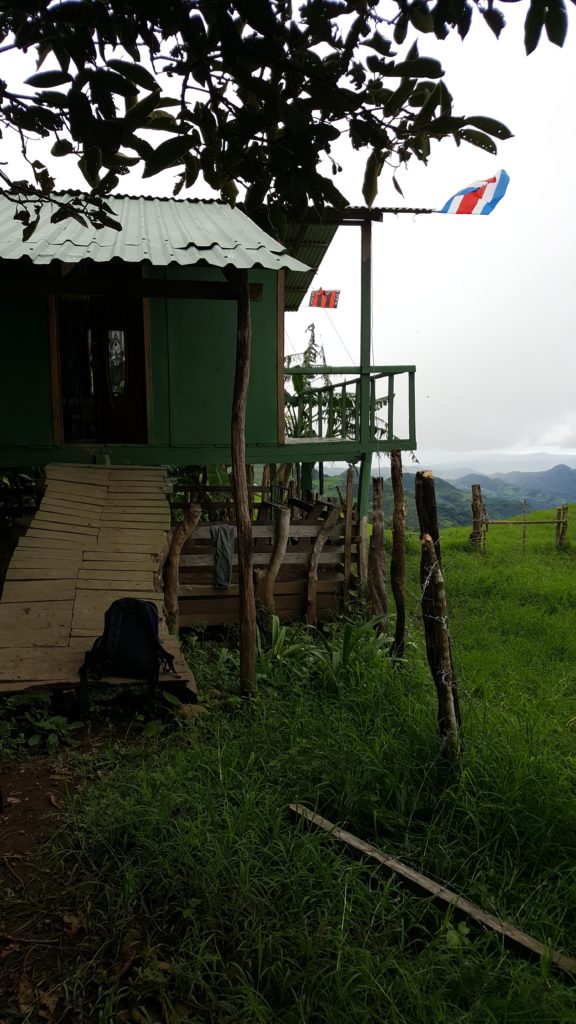
Over my last few months of fieldwork (at the risk of carrying this analogy way too far), I think I transitioned from seeing social and biophysical research as two different hats, to a single hat with a really wide brim. While my site survey was ostensibly an instrument to conduct a biophysical assessment of farms, in reality, this proved to be a great opportunity for farmers to share both ethnographic data and their ecological knowledge of the farms in a more relaxed setting than the formal interviews. At the same time, the interviews revealed a lot of interesting information about the flora and fauna, changes in ecological community composition over time, and the local impacts of climate change. So beyond the new perspectives gained from incorporating multiple disciplinary perspectives into my research, it has been really interesting to see how utilizing methodologies from other disciplines can yield insights beyond those that would have been found using more traditional methodologies.
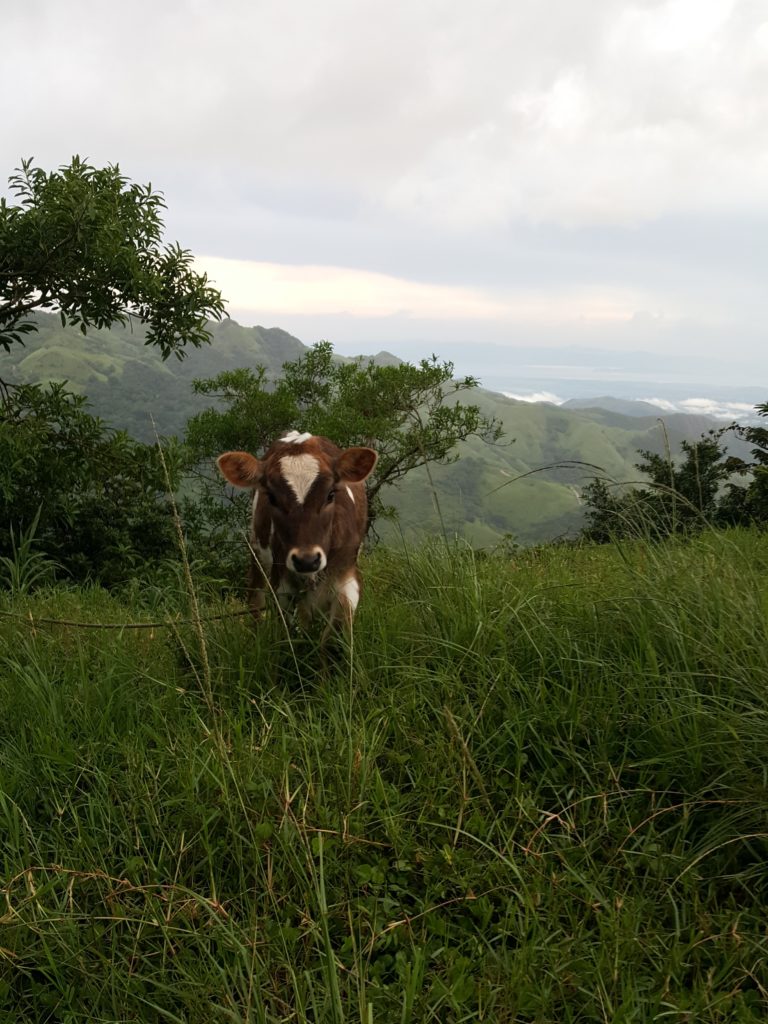
I only have about three weeks left in the field right now… crazy!!! I’m planning to spend the remainder of my time here doing preliminary analysis, having final meetings and interviews with partner organizations, and giving presentations in at least a couple of the communities I have worked in. So stay tuned for more preliminary insights and musings from my time in the field!
